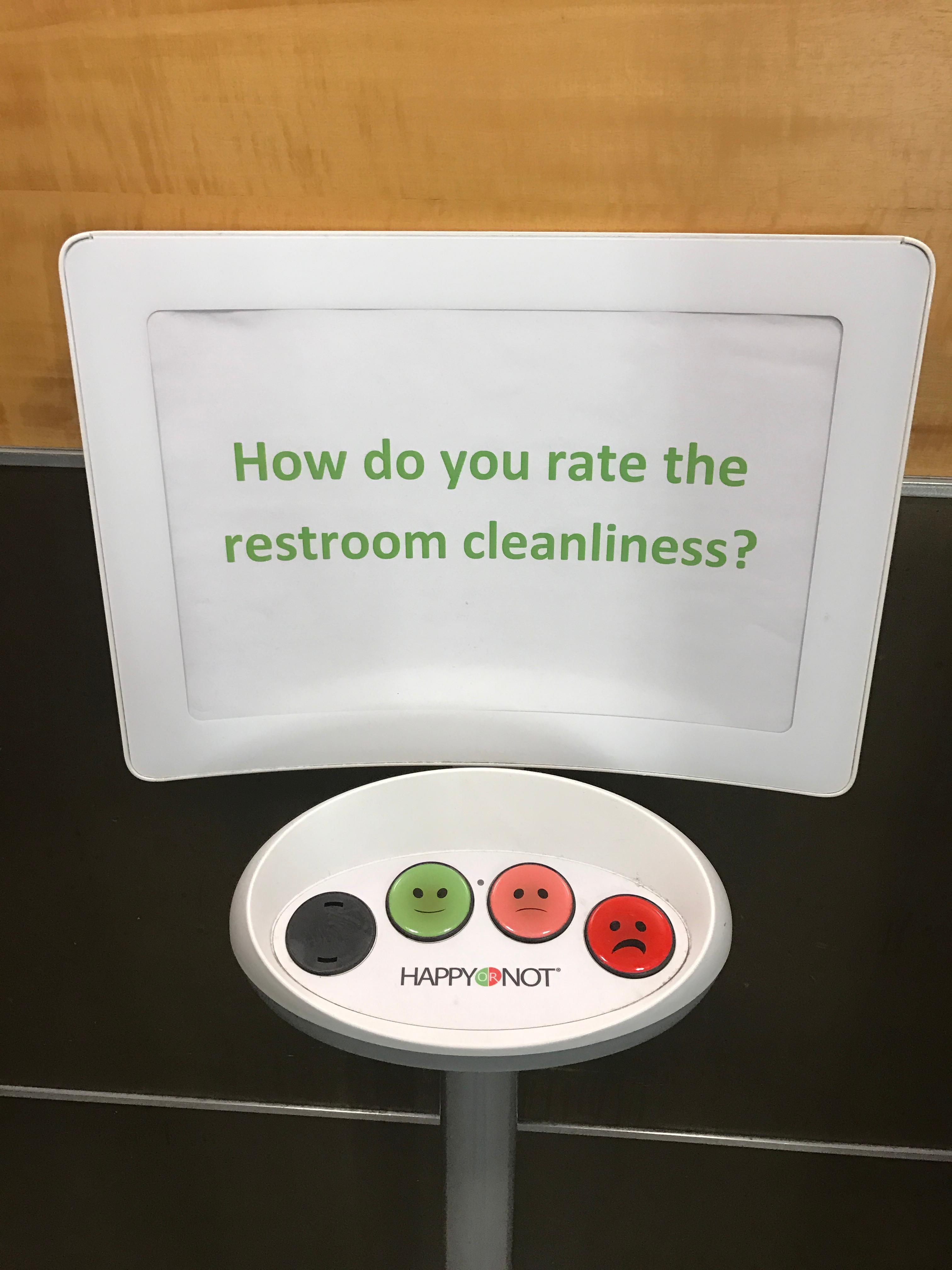
Can you go more than a few days without receiving a survey from one of the many companies you do business with?
Companies are hungry for data to guide their business, especially data about their customers and their preferences. And when the use of their product or service made it necessary for you to reach out to customer service for assistance, companies are even more interested in how those interactions went.
A lot has been written on performing customer service or customer satisfaction surveys. I would like to offer just a few best practices to consider based on my own experience being on both sides of the survey.
In The Moment
Let’s start with timing. When would you say is the best time to survey customers about the service they have received?
Before you answer, consider this scenario: after visiting a popular national coffee shop, that company typically sends a satisfaction survey a day after the fact. It covers the entire experience, including wait time, the correctness of the order, and the price paid vs. perceived value as well as the service. Respondents also have an option to recognize team members for their service.
I don’t know about you, but sometimes when I receive that survey I can’t remember that I even had a coffee that day, let alone what type. And who served me? I think they were wearing a green apron…?
Customers will have the best and most accurate recollection of the service they received more immediately following the time in which it occurred. If you ask them too much later, you run the risk of them not remembering precise details. They will remember broad impressions they had, but if you are seeking specific details (like the name of the person who helped them), that opportunity will dwindle as time passes.
Short
The image above–a survey station outside a restroom at an airport–is a great example of collecting feedback for a couple of reasons: first, it’s a single question. Granted one question won’t provide the breadth and depth of measurement you might seek, but remember that customer feedback (or a complaint) is a gift for two reasons: they took the time to provide it and it will help you validate or improve your customer service.
Asking one question is probably not always feasible. In that case, always tell the customer upfront approximately how long the survey will take. Remember, they already had to take time out of their day to contact customer service as a result of a problem. Honor that time! Any survey that will take beyond a minute or two means your drop-off and non-response rates are going to rise. Wouldn’t you prefer to get a few responses on the most critical aspects of your service from as many people as possible?
Simple
Keep your surveys simple. The photo above again proves to be a great example: not only is the question very straightforward, the use of happy and sad faces are used in place of a range of terms that might not align with the survey taker’s understanding of those terms. In place of smiley faces, another method of mitigating inconsistency in ratings is to provide customers with a definition upfront of what constitutes “good” vs. “great” when they are answering questions.
The example above also limits its rating scale. A pet peeve of mine is too many rating choices in a survey–I don’t need ten choices! Presenting customers with an abundance of ratings makes discerning if your team is providing good or great service a challenge, so keep options to a minimum. I also prefer to NOT provide a neutral or “middle of the road” option. Why? I want the customer to commit to the service being on one side of the spectrum or the other.
Anonymous or Identified?
Should you tie customer satisfaction surveys to the customer and their case or perform surveys anonymously? There are pros and cons to each. Customers may be reluctant to respond if they think there might be consequences. Knowing who they are, however, makes it possible to rectify a poor specific experience because it’s possible to tie their issue back to the agent(s) who assisted them.
Besides correcting a poor service experience, knowing the customer has additional benefits. If you strive for ongoing relationships with customers–your products or services are not just one-time purchases –baselining the customer’s sentiment allows you to track and measure that feeling over time. When you make that opinion available to customer service agents, it provides insights to be even more accommodating if the last interaction wasn’t positive.
On this topic, it comes down to what’s most important for the business: a greater amount of anonymous customer service data to address broad issues or more specific feedback making it possible to address distinct service instances and to track individual customer sentiment. Another option to consider is giving customers the option to self-identify: put the decision in their hands.
Maximizing Feedback
In summary, you can collect various viewpoints of your service delivery both in aggregate as well as with individual customers. Just keep in mind a few best practices: perform surveys near the time of service, and keep them simple with fewer questions and limited response ranges. Finally, determine if anonymous or customer-specific responses better serve your business. By supplementing efficiency and productivity metrics, customer satisfaction surveys complete the picture of your overall customer service performance.



